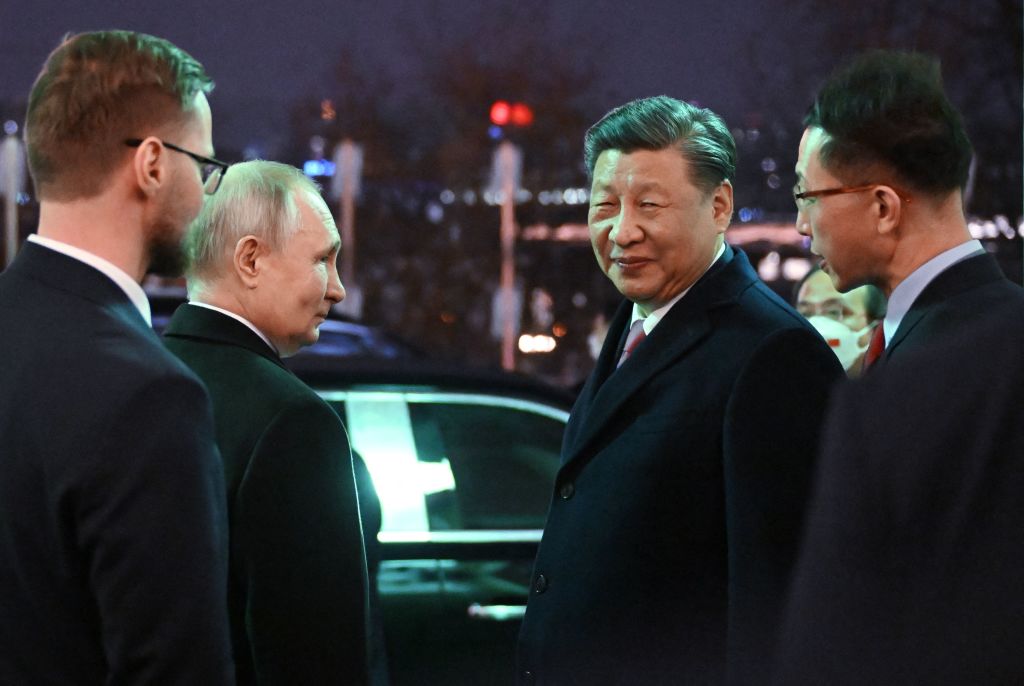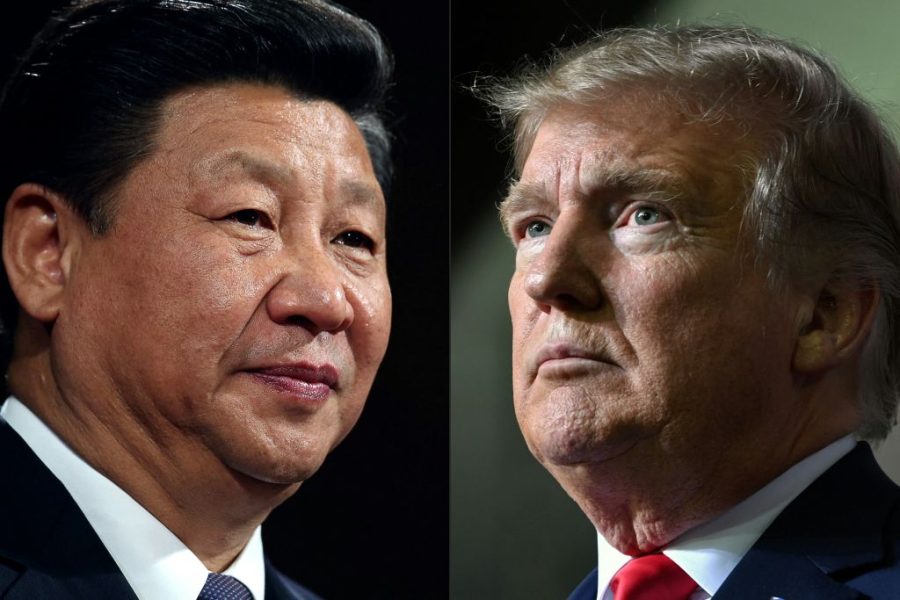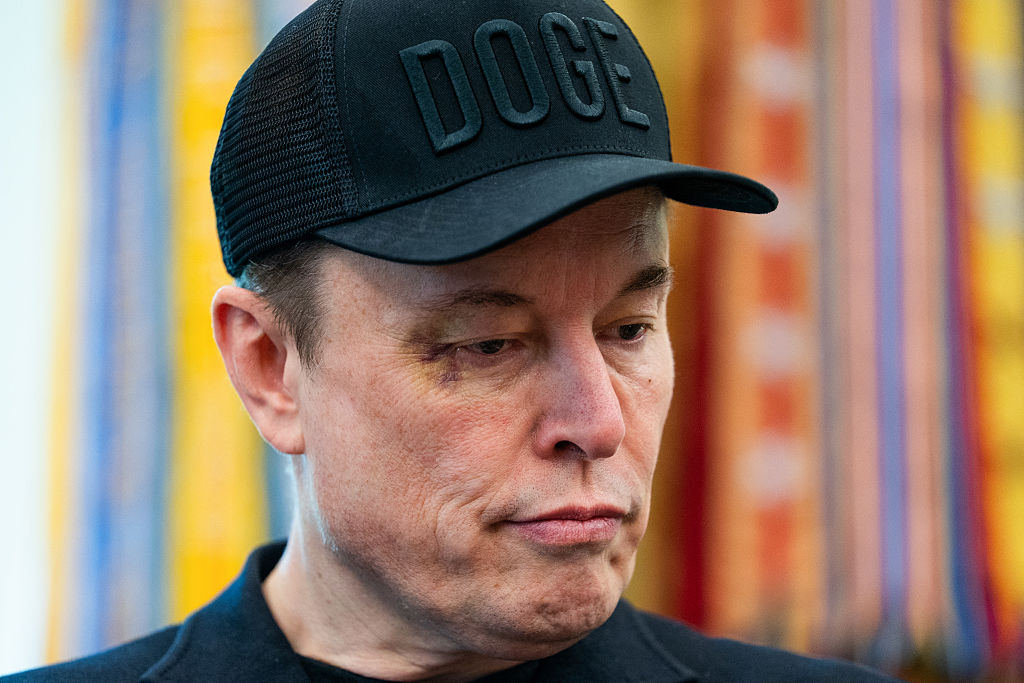The Chinese Communist Party’s “standard map” is updated each year to include Beijing’s ever-extending territorial claims. Neighbors see it as a sinister measure of Beijing’s imperialist threat, but to the party it is a sacred document, a badge of legitimacy, encapsulating its historic grievances and its growing ambition. It must be faithfully reproduced in school textbooks and in government and corporate handouts and plastered to the walls of workplaces and classrooms.
The timing of the latest edition is unfortunate — or perhaps deliberate — coming just ahead of next week’s summit of G20 countries in Delhi, a meeting that President Xi Jinping intends to snub. It seemed to send a message that China really doesn’t care what its neighbors think. The map shows Arunachal Pradesh, an Indian state in the Himalayas, as Chinese, as well as the disputed Aksai Chin plateau. Battles have been fought over both, most recently in 2020, when dozens of soldiers died in high-altitude clashes. Both sides have been heavily reinforcing their positions in the area. India was outraged, Foreign Minister S. Jaishankar calling China’s claim “absurd.” A politician from Nepal also canceled a visit to China. Territory in both Nepal and Bhutan, which previously had been regarded as unambiguously their own, is now disputed by Beijing.
Books are especially scrutinized by the CCP, to the extent that many foreign publishers avoid putting any type of map in publications destined for China, since the censorship process is now so tortuous.
“It is a routine practice in China’s exercise of sovereignty in accordance with the law,” said China’s foreign ministry spokesperson Wang Wenbin about his new map. “We hope relevant sides can stay objective and calm, and refrain from over-interpreting the issue,” he added, as if claiming large chunks of neighboring lands is just one of those everyday things they have to live with.
The new map also restated China’s claim to almost the entire South China Sea, enclosing it in a dotted line the shape of a cow’s tongue — a territorial grab the size of which the world has rarely seen before. The area is rich in natural resources and encompasses vital shipping lanes — an estimated $3 trillion of international trade transits the area each year. It is also claimed in part by Brunei, Malaysia, the Philippines, Taiwan and Vietnam, which all reacted angrily to the latest map. The dotted line is often referred to as the “nine-dash line,” but this year it gained an extra dash around Taiwan, which Beijing claims as its own. China has ignored an international tribunal ruling that its claims are illegal and has continued to militarize the area, turning reefs into military encampments equipped with radar, missiles and aircraft.
Within China, the map has become an obsession. Books are especially scrutinized by the CCP, to the extent that many foreign publishers avoid putting any type of map — even historic maps — in publications destined for China, since the censorship process is now so tortuous. Chinese companies are expected to promote the map, even at the risk of losing business. Mixue, a vendor of bubble tea, recently opened its 1,000th store in Vietnam, making it the biggest beverage brand in the country in terms of stores but it sparked online outrage and calls it be boycotted after its website posted a map that showed China’s “nine dash line.’ Vietnam also banned the release of the movie Barbie because of a scene that apparently showed the line.
China usually cites vague “historic” claims to these territories, and many Chinese nationalists regard all land within the former borders of the last imperial Dynasty, the Qing, to be rightfully theirs. This would encompass a good chunk of central Asia and Russia. One of the founding Communist Party myths depicts the CCP as a redemptive power, restoring national greatness after a “century of humiliation” at the hands of rapacious foreigners. It is sometimes forgotten that in terms of territory seized, the most rapacious foreigner was Russia. Under three nineteenth-century treaties — Aigun (1858), Peking (1860) and Tarbagatai (1864) — China ceded 1.5 million square kilometers to Russia, including a vast tract of territory north of the Amur River and in the Far East bordering the Pacific Ocean, including the city of Vladivostok.
The territorial disputes with Russia are supposedly settled, but to Chinese nationalists, the treaties under which Russia acquired these lands are as “unequal” as anything signed with Western powers. Chinese school textbooks still show the areas acquired by Russia as Chinese lands, and the celebration of the 160th anniversary of the founding of Vladivostok in 2020 provoked online indignation from Chinese diplomats and journalists who called it by its original Qing Dynasty name of Haishenwai and claimed it was rightfully part of China.
Russia and China now have what they describe as a “no-limits” partnership, and Beijing is effectively underwriting Moscow’s aggression in Ukraine through expanded trade. Yet suspicion about China runs deep in Russia, especially in the former Chinese lands of the Far East. They would be well advised to keep a close eye on future editions of China’s “standard map.”
This article was originally published on The Spectator’s UK website.

























